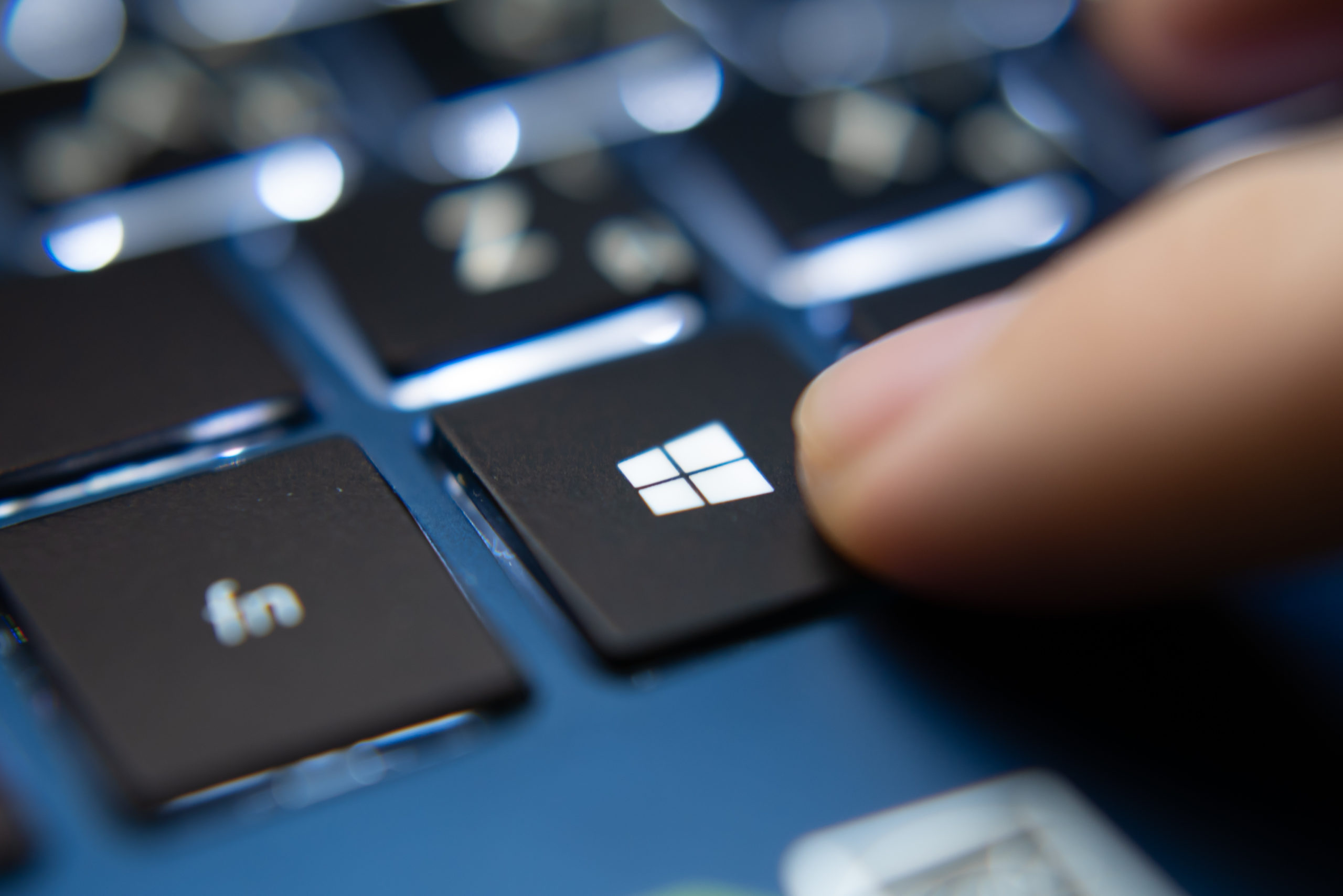Even though computers are advancing every year, it seems as if they are becoming more and more user-friendly. For example, let’s take Apple, which has built its entire operating system based around a pleasant and straightforward user experience; Microsoft has adapted by continuing to update and redesign its OS to offer the same simplicity. However, as the overall user experience becomes more straightforward, users who are used to older ways may have trouble finding certain things that have moved locations.
In past editions of Microsoft Windows, the Control Panel menu was found pretty quickly through the Start Menu or even using the File Explorer. If you have been using Windows 10 for a while, then you most likely have noticed that the Control Panel is no longer displayed in either of those areas. The change has caused confusion for many users; no need to worry though, we will explain how to get to Control Panel Windows 10 version.
What is The Control Panel Used For?
As a little bit of background information, let’s dive into what the Control Panel is and why it is so important for users to be able to find it. The Control Panel in Microsoft Windows has been a staple in the OS since Windows 2 in 1987. It was created as a one-stop location that would contain settings for various things like the mouse, sound, display, personalization, network, etc. Being able to access this allows the user to change settings and modify computer software or hardware features.
Below are the main sections that you can access from within the Windows Control Panel:
- System and Security – Here you can review the status of your computer, save or restore backups, or find and fix problems.
- Network and Internet – In this section, you can view your network status and tasks or choose homegroup and sharing options.
- Hardware and Sound – Select this option to view the devices that are currently on your computer, or you can add a device or printer here as well.
- Programs – Selecting this option will help you to uninstall programs.
- User Accounts – Here, you can change users, add users or change account type and accessibility.
- Appearance and Personalization – Under this section, you can change desktop themes, fonts, colors, or adjust screen resolution.
- Clock and Region – Here, you can add a language or change the date or timezone as well as time formats.
- Ease of access – This allows Windows to suggest settings that will optimize your visual display.
As you can see, this panel is an important location on your computer, and that is why users must know how to get to Control Panel on Windows 10. It also makes sense as to why so many users were frustrated when they didn’t know where to find it. In the next section, we will explain how to access these settings on the Control Panel.
How To Get To Control Panel
It seems as if Microsoft is trying to get users to transition from Control Panel to Windows Settings, and that could be why it is more difficult to find. If you want to know the easiest way to find the Control Panel on Windows 10, it starts with a quick search. But below are the steps to find and access it:
- Press the Windows key on your keyboard or look for the Windows logo icon in the lower-left corner of your screen to open the Start Menu.
- In the Search Bar, type Control Panel.
- Once the Control Panel icon appears, click on it.
Another way to find it is by launching the Quick Access menu by right-clicking on the Windows icon at the bottom-left corner. Once you are looking at the Quick Access menu, click Run and then type in Control Panel, and it should open the window. (You can also press Windows Key + R to open the Run menu.)
The Control Panel has served as a beneficial tool for users since the very early days of Windows. The idea that these settings and configurations have had one location since 1987 speaks volumes about its effectiveness and user-friendliness. It may be a little harder to find with the current versions of Windows, but hopefully, you can find the Control Panel more easily with these tips.

